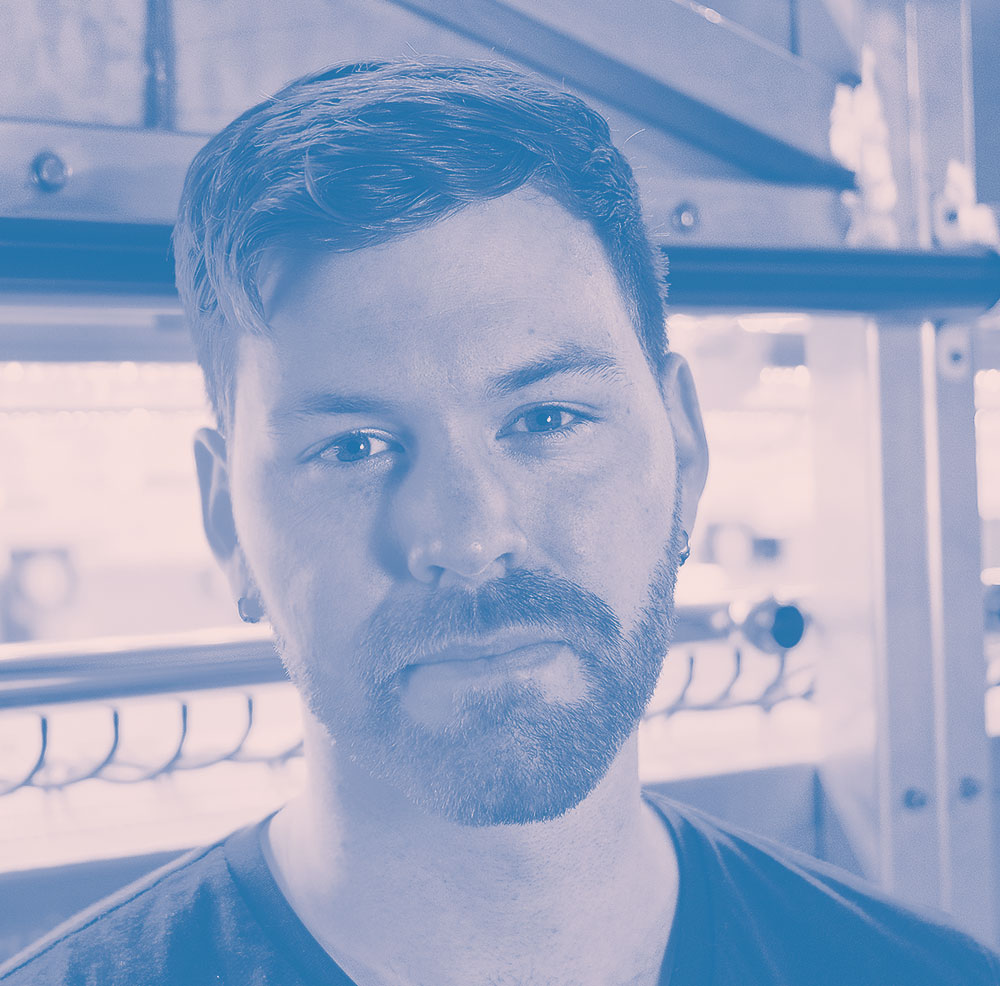If you improve the efficiency of farming it will change the world for all of humanity, and much of that will be due to the work of engineers, writes George Newbold, Lead Automation Engineer, Stacked Farm.
One of the challenges we face at our vertical farm, Stacked Farm, and one of the challenges in the industry globally, is increasing the output of a farm per square metre. To compete with outdoor farms, we need to bring costs down.
By farming indoors and vertically, it’s easy to get healthy, nutritious plants from near-perfect conditions. The hard part is being space and cost-conscious.
To mark World Engineering Day for Sustainable Development (4 March), we asked change-makers how engineering is shaping our lives.

We have to compete in terms of efficiency and cost of produce. That will make vertical farming commercially viable around the globe: a solution rather than an expensive alternative.
So we focus on lowering costs such as power without compromising on quality of crops. Quality and taste are sacred.
We designed our farm from the ground up to be as efficient as possible, making the growing conditions as perfect as we could get them. All of the machinery we use, we built from scratch.
The farm is one big system. It is about innovation on a number of levels, and that can only come from good engineering.
Automation is not our biggest consumer of power. We use automation for seeding, growing, harvesting and running pumps, but that only accounts for five per cent of our power usage. Most of the power — around 90 per cent — is used by lighting. Making that as efficient as possible is paramount.
Indoor farms use around 95 per cent less water than traditional farms. Imagine the effect it would have on water resilience if this approach were extended globally.
The water we use goes straight into the plants, with only a tiny amount of evaporation. On a regular farm, they have to water far more. A single lettuce grown on a conventional farm takes about 103 litres of water. On our farm, it takes one to two litres.
Most importantly, the produce is as healthy as it can be. It is grown with the perfect nutrient blends. An agricultural scientist advises us on the best nutrients to use.
It’s easy to forget, or to lack an understanding of, the scientific advances that have allowed humanity to produce food as we do.
I’m inspired by Norman Borlaug, a scientist who was the first to selectively breed wheat. His innovation alone, it is said, positively affected the lives of more than one billion people.
My message to engineers is that if you want to do something new and you want to do it the best way you possibly can, you can’t be afraid to make something unique. You can adapt older, proven technologies. But if you want to make it as efficient as possible, it often has to be unique.
For engineers, it can be difficult to do something unique because we build from the past. But to really make a difference, you must create new things.
